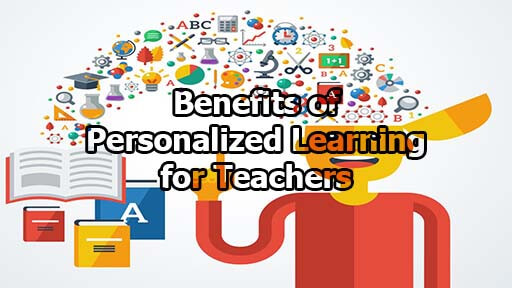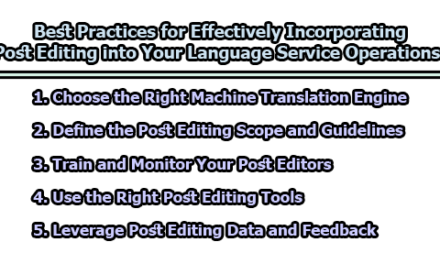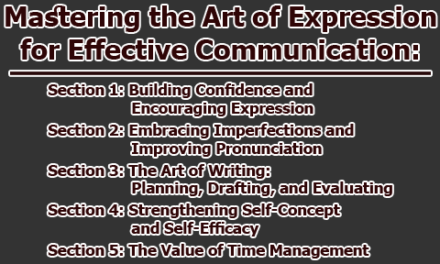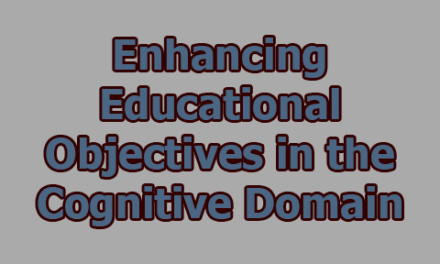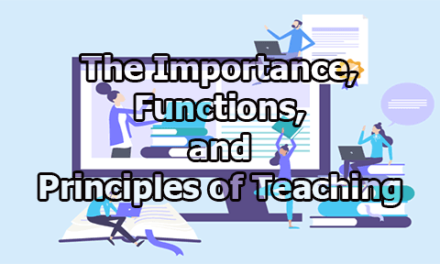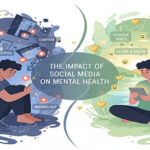Personalized learning refers to an approach to education that tailors instruction and learning experiences to meet the individual needs, interests, and abilities of each student. This approach recognizes that every learner is unique and therefore requires different methods, pace, and content to achieve their learning goals. In a personalized learning environment, students have some degree of choice and control over what and how they learn. They may have opportunities to work on projects, set their own learning goals, and use a variety of resources and technologies to support their learning. Personalized learning also involves ongoing assessment and feedback to help students understand their strengths and weaknesses and to guide their progress toward their learning objectives. Teachers and other educators play a critical role in designing and facilitating personalized learning experiences, as they help students set goals, monitor progress, and provide guidance and support as needed. In this article, we are going to discuss the benefits of personalized learning for teachers.
Definitions of Personal Learning:
Some of the definitions of personalized learning are given below:
Personalized learning is an approach to education that tailors instruction and learning experiences to meet the unique needs and interests of individual learners. This approach emphasizes student-centered learning and allows learners to progress through the curriculum at their own pace and in ways that align with their goals and learning preferences. (Learning Policy Institute, 2017)
Personalized learning is an instructional approach that leverages technology to provide individualized learning experiences for students. This approach uses data and analytics to assess student knowledge, skills, and learning needs and provides targeted instruction, feedback, and support to help students achieve mastery. (U.S. Department of Education, 2016)
Personalized learning is a process that focuses on the learner and their individual needs, strengths, and goals, rather than the traditional one-size-fits-all approach to education. This approach allows learners to take ownership of their learning and to engage in activities that are meaningful and relevant to them, fostering intrinsic motivation and a lifelong love of learning. (Simply Psychology, 2020)
Benefits of Personalized Learning for Teachers:
Personalized learning has several benefits for teachers, including:
- Personalized learning can improve student engagement and motivation by tailoring learning experiences to individual student needs and interests (McLeod, 2020).
- It can help students to develop 21st-century skills such as critical thinking, collaboration, and self-directed learning (S. Department of Education, 2016).
- Personalized learning can provide teachers with new opportunities to collaborate with colleagues, share resources, and access professional development (S. Department of Education, 2016).
- It can help teachers to differentiate instruction and provide targeted support and feedback to students (Murphy, 2017).
- Personalized learning can improve student outcomes, including academic achievement, graduation rates, and college readiness (Darling-Hammond, 2017).
- It can lead to greater job satisfaction for teachers as they see their students succeed and achieve their learning goals (Darling-Hammond, 2017).
- Implementing personalized learning can provide teachers with opportunities for professional growth and development as they learn about new instructional strategies, technologies, and assessment methods (S. Department of Education, 2016).
- Personalized learning can improve classroom management as students are more engaged in their learning and may require less redirection or discipline (Murphy, 2017).
- It can help teachers to make more effective use of student data by analyzing assessment results and identifying areas where students need additional support or enrichment (Darling-Hammond, 2017).
- Personalized learning can help students to develop the skills and knowledge they need to succeed in the future, such as self-directed learning, critical thinking, and collaboration (Pane et al., 2015).
Overall, personalized learning has the potential to improve teaching and learning outcomes, as it allows teachers to better meet the needs of their students, increase engagement, and improve assessment and feedback. However, it is important to note that implementing personalized learning requires significant planning, resources, and professional development to be effective.
References:
- Darling-Hammond, L. (2017). What is personalized learning and why does it matter? Learning Policy Institute. https://learningpolicyinstitute.org/product/personalized-learning
- Learning Policy Institute. (2017). What is personalized learning and why does it matter? https://learningpolicyinstitute.org/product/personalized-learning
- McLeod, S. A. (2020). Personalized learning. Simply Psychology. https://www.simplypsychology.org/personalized-learning.html
- Murphy, M. (2017). Personalized learning: What it really is and why it really matters. EdTech Magazine. https://edtechmagazine.com/k12/article/2017/05/personalized-learning-what-it-really-and-why-it-really-matters
- Pane, J. F., Steiner, E. D., Baird, M. D., Hamilton, L. S., & Pane, J. D. (2015). Continued progress: Promising evidence on personalized learning. RAND Corporation. https://www.rand.org/pubs/research_reports/RR1365.html
- Simply Psychology. (2020). Personalized learning. https://www.simplypsychology.org/personalized-learning.html
- S. Department of Education. (2016). Personalized learning: A guide for engaging students with technology. https://tech.ed.gov/files/2015/12/NETP16.pdf

Library Lecturer at Nurul Amin Degree College

